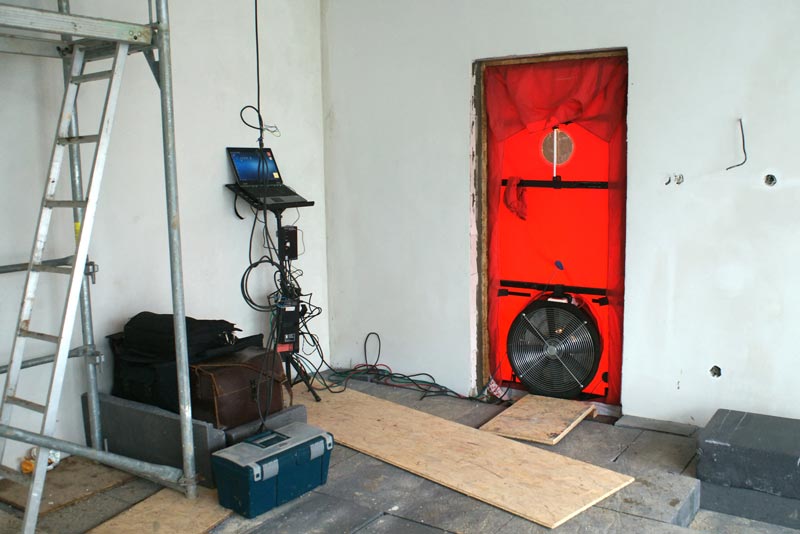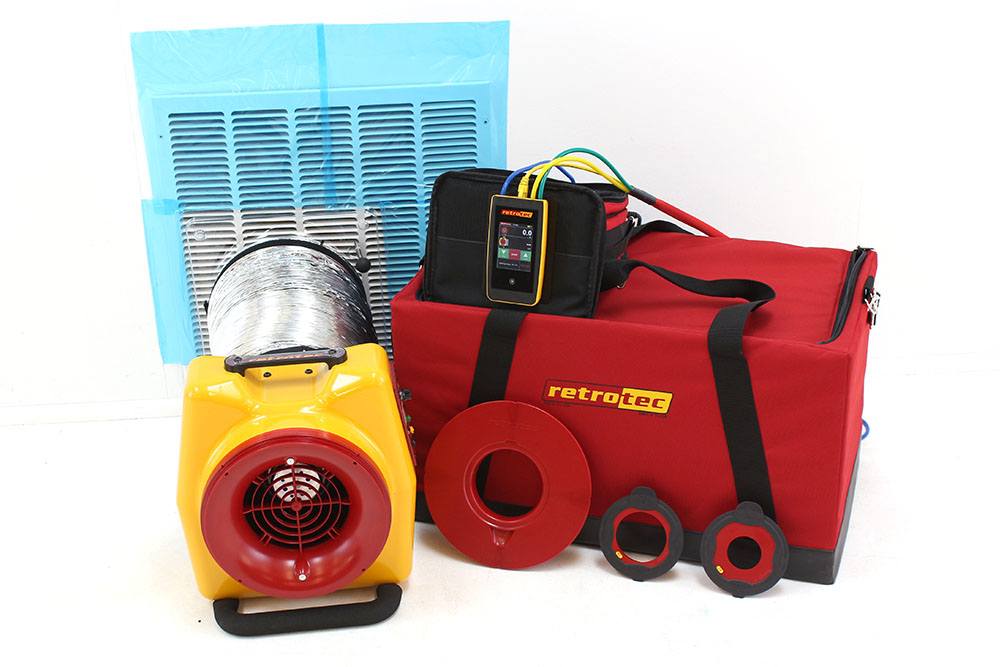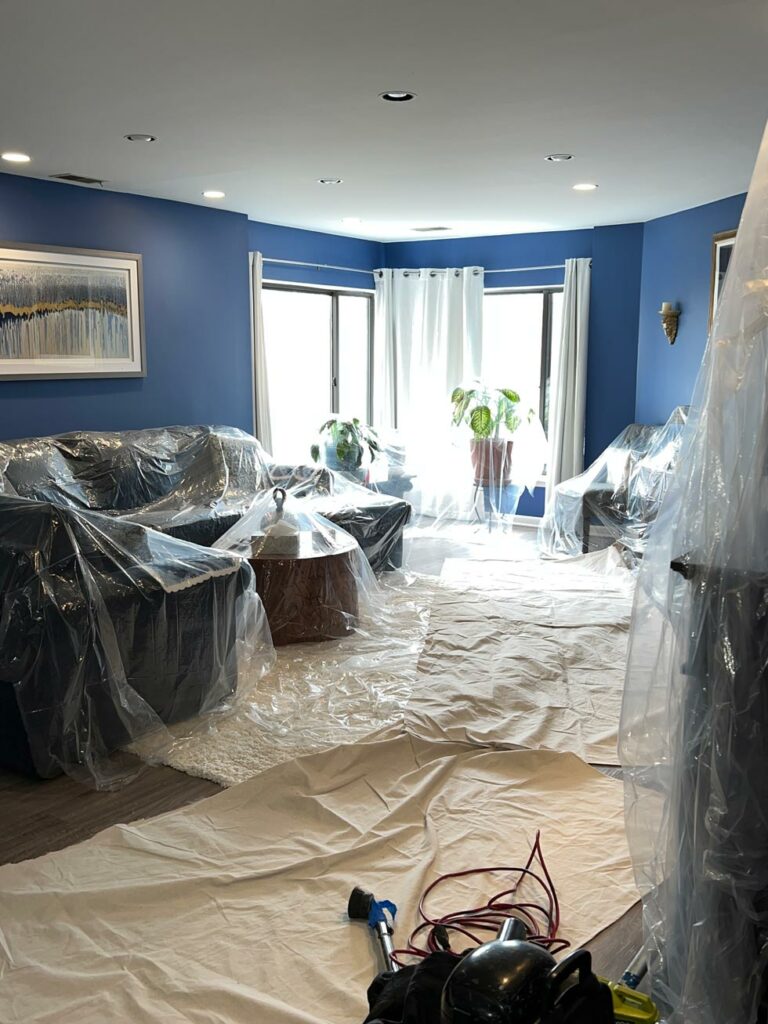BLOWER DOOR TEST & DUCT LEAKAGE TESTfor Annapolis, Baltimore, Glen Burnie (Anne Arundel County), Columbia, Hunt Valley, Reisterstown, Frederick, Bowie, Bel Air, Washington DC, Virginia and the Surrounding Areas
Blower Door Testing in the Baltimore / Washington Metropolitan Area Provides a Simple Measurement of the Hourly ACH Rate of a Home.
Hydro-Serv is Certified in Infiltration & Duct Leakage - BPI ID# 5069513
Maintaining air quality is crucial, but so is receiving the heated or cooled air that just was displaced. Too much fresh air flow leads to high energy bills and uncomfortable indoor temperatures. We use a Blower Door Test to ensure the number of air changes per hour is acceptable.
What is a Blower Door Test?
A Blower Door Test (also known as Envelope Leakage) is performed by installing a frame onto a central door in the home and attaching a fan to the door. The fan depressurizes the home to a Pascal of 50. Once the home is depressurized we use an instrument called a nanometer to measure the difference in air pressure between the outside of the home and the inside of the home. We get results in ACH (air changes per hour). This is the amount of time air leaks out of a home and new air enters into the home in an hour. All homes leak and that’s normal but keeping air changes to an acceptable amount is essential since each air change creates a need to reheat or cool the new air.


Duct Leakage Testing
A Blower Door Test must be used in conjunction with a Duct Tester to measure duct leakage to the outside.
Preparing for a Blower Door Test
The following steps will help prepare your home for a blower door test:
Plan a Walk-through
Easy Access to Areas
All Doors and Windows are Operational
We will need to close all exterior doors and windows, open all interior doors, and close any fireplace dampers, doors, and woodstove air inlets.
Put out any Fires
If you heat with wood, be sure all fires are completely out - even coals - before we arrive. Remove any ashes from open fireplaces.
Turn Off Appliances
Set controls on all atmospheric fossil fuel appliances (e.g., furnace, water heater, fireplaces, and stoves) to ensure that they do not fire up during the test. We will return them to the original position after the test.
Set Aside at Least One Hour

Why Choose Hydro-Serv?
With Hydro-Serv, you can rely on the following:
- NADCA-certified air system cleaning specialists
- Adequate training and preparation
- High-efficiency equipment
- Over 32 years of experience
- A locally owned-and-operated team
- Commercial and residential air duct cleaning solutions
- Hybrid cleaning systems for optimal results
Hydro-Serv proudly offers professional air duct cleaning, HVAC inspections, HVAC cleaning, filter maintenance, pressure washing, exterior cleaning, and more in Baltimore, Annapolis, Columbia, Hunt Valley, Reisterstown, Frederick, Bowie, Bel Air, and the surrounding areas of Maryland.



